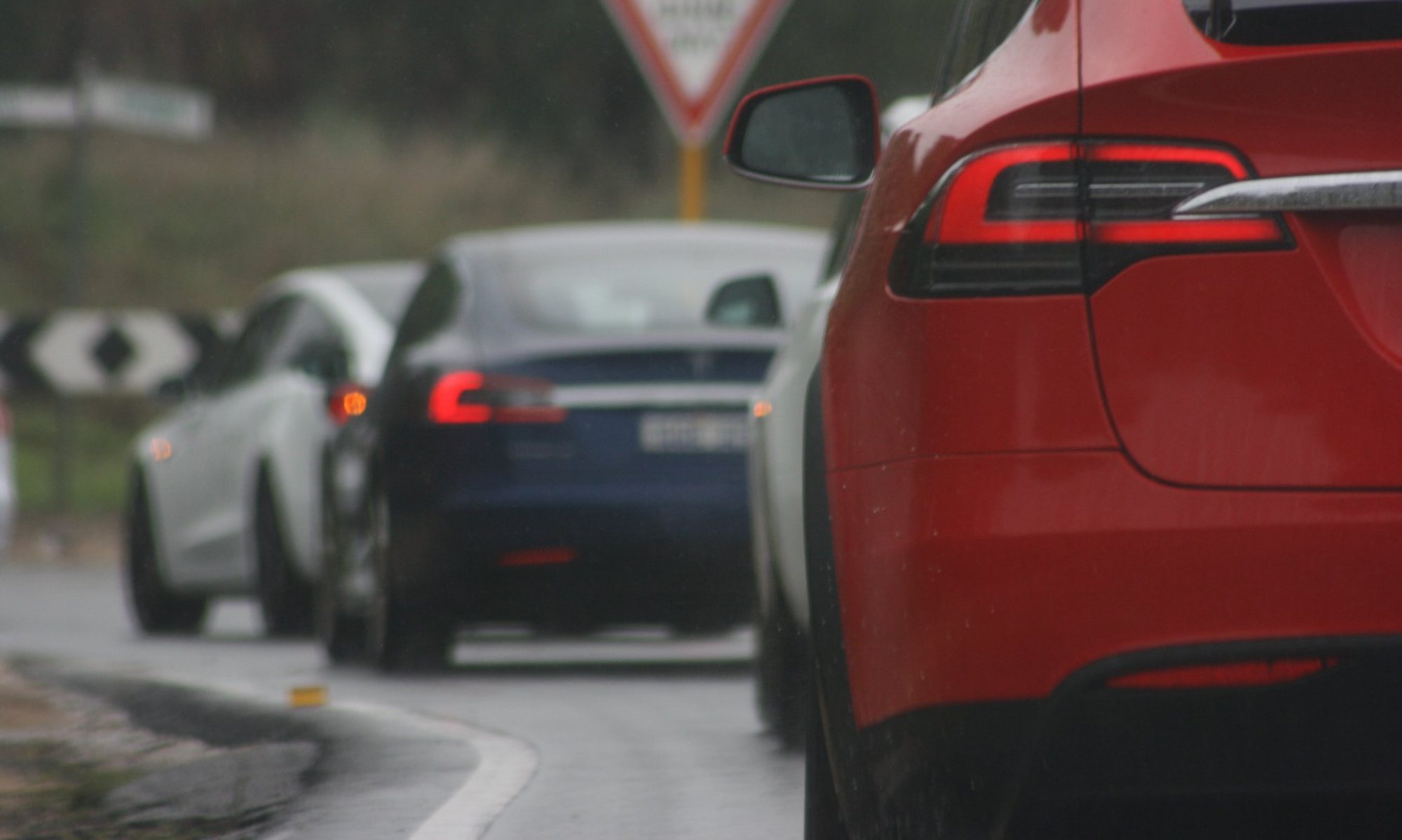Vehicle to grid (V2G) has received more media attention recently due to a trial in the ACT using 51 Nissan Leaf vehicles. Without going into a discussion on whether this may be available on Tesla vehicles I’ll simplify why V2G could be a great asset to a power grid when a reasonable percentage of vehicles are electric.
Even before renewable energy started flowing in to the generation mix, the highs and lows in electricity demand over a 24 hour period added extra expense to delivering power, now in 2020 with some areas already generating over 50% of the electricity from solar and wind power this adds to the issue, having electricity storage is part of the solution.
Why Electric vehicles?
The average car in Australia travels less than 40kms per day so it’s reasonable to assume that the vast majority of passenger cars in Australia are parked for more than 22 hours per day, mostly at home but also in many locations where an electrical circuit is close to the parking spot, making use of all those mostly unused car batteries for storage is a financially smarter use of resources.
Will this shorten the battery life?
If done correctly it will have little impact on the lifespan of the battery pack, keeping in mind that most EV battery packs will outlast the remainder of the cars bodywork and interior anyway.
How will it work?
I would expect that on most occasions a vehicle battery would only feed the grid for a short time during times of peak demand, this may be less than 10% of the battery capacity stretched over a 2 hour period, it may occur 3 or 4 days in a row during times of extreme grid demand, at other times of the year it may not occur for weeks on end. It’s not adding a 60kWh battery to a household rather a case of thousands of 5kWh batteries to the grid during peak demand.
What if a car needs a full charge in the morning?
Not a problem, once a peak demand event is over the car can be topped up during periods of low demand after 10.00pm, if the car is only being driven 20kms to work it may be better to top up from cheap daytime solar, smart power pricing will determine this.
Who doesn’t like V2G?
It’s a real eye opener to see the flood of negative comments when V2G articles recently appeared in the mainstream media, there’s a good reason why, for many years there’s been a continual and well funded attack against renewable energy, now that solar and wind can produce electricity at a lower lifetime cost than fossil fuels the last attack on renewables is their intermittency, basically the argument is renewables are useless without expensive storage options. If Vehicle to Grid technology suits the Australian grid it’s a cheap and readily available storage option that also provides one massive kick in the guts to fossil fuels.


Great article. I remember reading about V2G close to 20 years ago in my IEEE magazine. Can’t wait to see this available in Australia.
Imaging one of our city car parks full of V2G enabled cars during the day. If you get around 700 V2G cars that’s a battery the size of the one in SA.
I found this recently: https://www.westernpower.com.au/products-and-services/connections/electric-vehicle/electric-vehicle-to-grid-connection/
Has anybody filled this in an attempted to get approval?